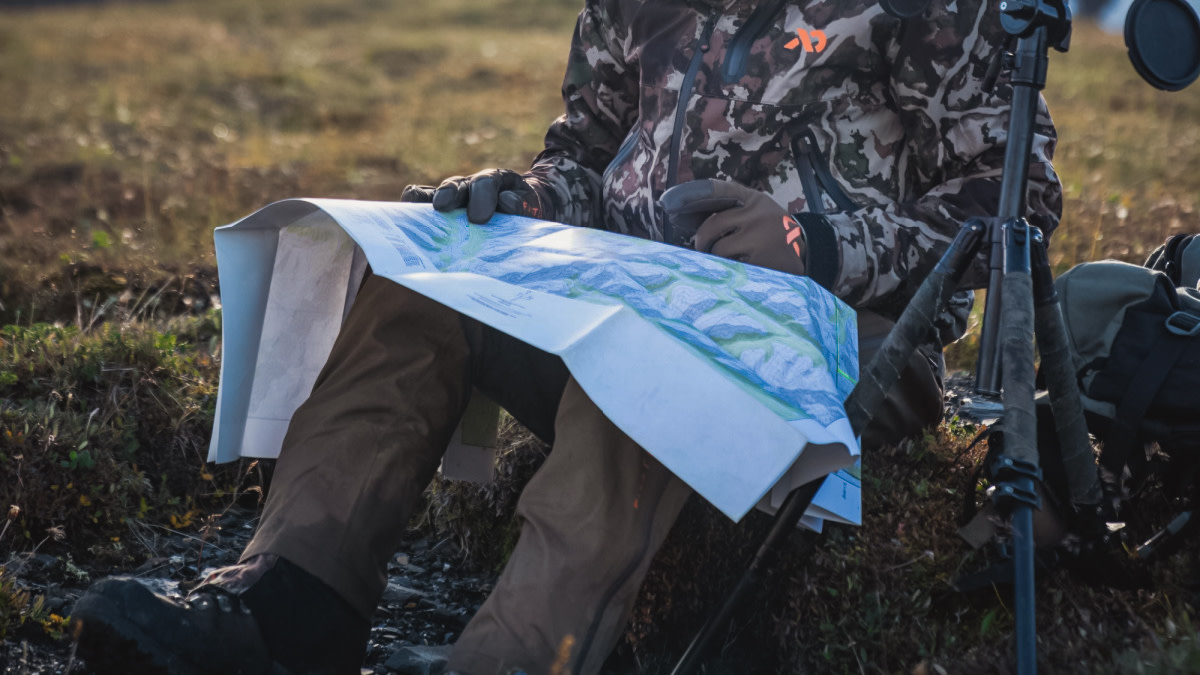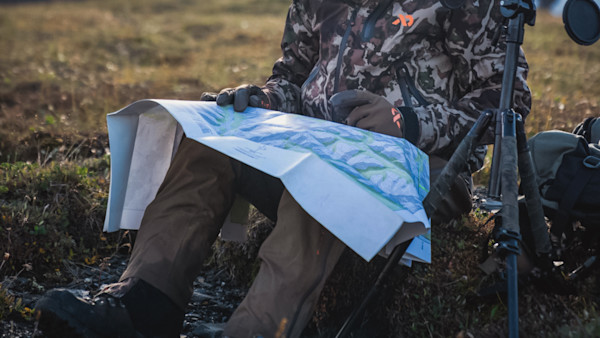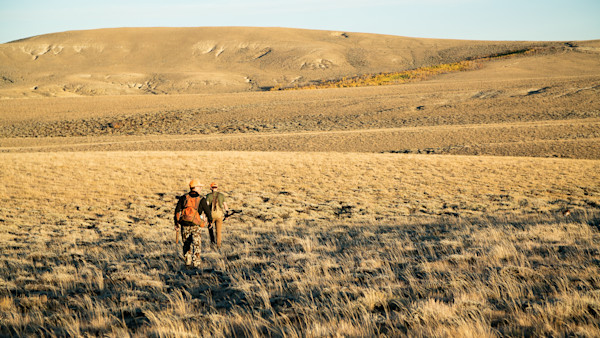
While we’ve all heard about public lands scofflaws who knowingly trespass, poach, or drive their ATVs where they shouldn’t, most public land hunters pride themselves on being stewardship-minded citizens who follow rules and stay in bounds. But in order to do so, they must slog through the arduous processes of staying informed about familiar land and learning the nuances of new ground they want to explore.
A new piece of legislation might ease this pain in the ass.
The “Modernizing Access to our Public Lands Act,” or “MAPLand Act” for short, would mandate that the Department of the Interior, the Department of Agriculture, and the Army Corps of Engineers fully update and digitize their public land data, to the ultimate benefit of American hunters and anglers.
Public land sportsmen and women are in a constant battle for more and better access—not just to the land itself, but to all the necessary information about where, when, and how to use it legally and responsibly. The battle is an uphill one; websites for state and federal land management agencies leave a lot to be desired. Digitized maps are primitive in their usability and current information on seasonal and locational restrictions is often tough to track down. A lot of information on access rights-of-way and prescriptive easements are hidden in a filing cabinet somewhere. This act would put all of that online.
“Let’s say you want to figure out if you can drive a 4-wheeler on a particular Bureau of Land Management trail,” said Joel Webster, Theodore Roosevelt Conservation Partnership VP of Western conservation. “You either need to know how to read an environmental impact statement to find that information or you need to rely on good signage on the ground—and oftentimes those signs are missing.”
The private sector has benefitted from this lack of info; a subscription to onX Hunt is the best way for public land hunters to see exactly where they can and can’t go. But as long as the publicly available data is outdated and full of holes, any software will be limited in its capacity–even something as useful as a onX products.
Idaho Sen. James Risch introduced the mapping bill on March 23 and Utah Rep. Blake Moore introduced an identical House resolution on May 11, a tactic often used to give legislation early traction and momentum in both chambers. On July 14, the bill passed the House Natural Resources Committee with overwhelming bipartisan support, a major victory in a divided legislature.
If you want to make a difference in the future of public land hunting, here are five reasons why you should consider calling your senators and representatives (or getting in touch with them through TRCP’s portal here) to support the MAPLand Act.
Public Land Boundaries Change There’s no two ways about it: our nation’s public lands are in a constant state of flux. According to a series of reports from BLM, they lost jurisdiction to over 2.7 million acres of public land from 2011 to 2019. These parcels are usually traded with state or private entities to consolidate public areas or provide better access, but that means it’s not always guaranteed you can go to the same place you went last year.
With this level of instability looming overhead, having the most recent version of a public parcel boundaries or access easement information just makes sense. The MAPLand Act will ensure you are properly equipped with up-to-date information so you don’t have to worry about putting a boot or bullet out of place and can avoid the costs of accidental illegal activity.
“The MAPLand Act, if passed, will make planning that next trip easier,” MeatEater Conservation Director Ryan Callaghan said. “But more importantly, it will give every American a better idea of our inventory, what we need for upkeep, and what we stand to lose.”
Hunters Need Information In the face of a national struggle to recruit and retain hunters, knowledge of public land access stands to play a huge role in bringing new law-abiding outdoorspeople into the field and keeping veteran hunters engaged. As law, the MAPLand Act would improve awareness of opportunities for public land hunting across the nation, showing hunters old and young just how close they might be to their first or next trip.
“It certainly lowers the barriers to entry,” Webster said. “Using public lands effectively requires quite a bit of know-how. Learning about shooting rules or travel management on federal lands, that requires research. This bill, if passed, would make sure that information is more available to people and that it be easier to determine where those opportunities are outdoors and how they can stay safe and legal.”
Addressing the Easement Backlog Remember when the outdoors-loving public decried the Department of the Interior for their gargantuan infrastructure maintenance backlog in 2019? The same logic applies here: According to TRCP, just 5,000 out of the 37,000 existing easements held by the United States Forest Service have been converted to digital files. The rest of them are on paper and locked away in filing cabinets in USFS field offices where even the most keen-eyed hunter couldn’t spot them.
“The fact that thousands of public land easements are essentially unknown to the public via today's mapping technology is a travesty and one that the MAPLand Act would correct, making millions of acres of our American inheritance finally accessible,” Mark Kenyon of Wired to Hunt said.
While this data backlog isn’t quite as bad (or as expensive to fix) as the backlog of roads, bridges, trailhead signs, and vault toilets that needed fixing, it’s pretty close. It keeps opportunities for public land hunting hidden from those who could use them responsibly and safely. The MAPLand Act would finally shine a light on these 32,000 secrets.
“With more users flocking to public lands than ever before—whether to hunt, fish, boat, or bird watch—understanding how to access these landscapes has reached a new level of importance,” Kenyon said.
Reduce Crowding According to an ongoing study conducted by TRCP and onX, 16.43 million acres across 22 states—most of that in the West—lack permanent, legal public access because they are surrounded by private lands. By highlighting every square acre of inaccessible public land available nationwide, this act would address those areas of priority by essentially delivering a demand for improved access to the BLM and Forest Service on their own silver platter. They would be more likely to face the issue head-on and come up with solutions for it.
“In places where lands are accessible but might have limited access, like an area of national forest land with several access points on it, there might be an area of that forest where access is relatively poor,” Webster said. “If there’s an easement that this act would daylight, this process would uncover that information and hopefully reduce conflict, because it would identify where permanent access exists and where it doesn’t.”
The Sooner, The Better The bill includes a general timeline for the implementation of policies and construction of databases, and the deadlines might make you wince: it will take up to three years from the date the bill is signed into law to make all this public land information available online.
This is all the more reason to push the MAPLand Act through as soon as possible. Good things take time, and patience is the holiest of virtues. But if you want to reap the benefits of this act anytime soon, you might want to take matters into your own hands and call your representatives. The faster we can expedite the process of freeing up landlocked parcels, learning about new easement acres that have been hidden from us for decades, and rally excitement and engagement around public land hunting in general, the faster we can get out and use this ground—all of it—the way Teddy Roosevelt intended.
Head over to the TRCP website to learn more and show your support for the MAPLand Act.
Related







Conversation